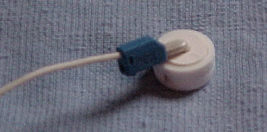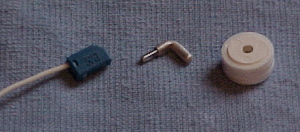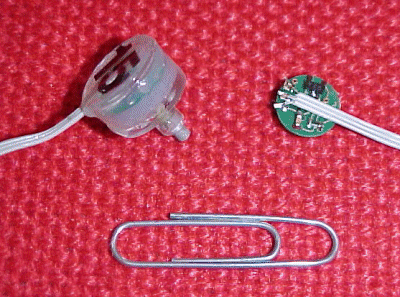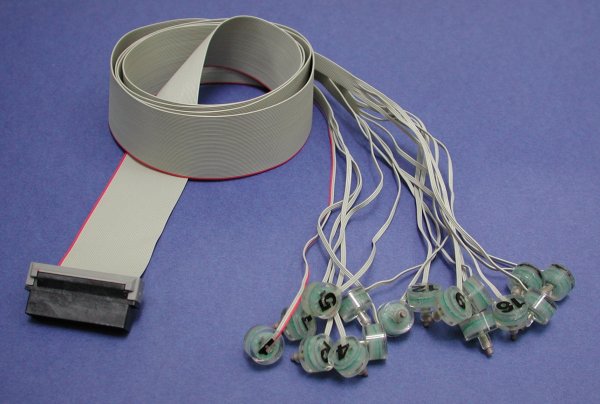|
The
idea of having the first amplifier stage integrated with the electrode
probably goes back as far as the introduction of the transistor.
Over the past years, many researchers have described the realization
of prototypes, and in most cases these prototypes indeed offered
the advantages in signal quality that were promised by interference
theory. However, there has never been the breakthrough to
a real commercially available product.
When
we started with the development of active electrodes, we initially
approached the problem very much like other groups before us.
That is, we concentrated on solving electronic problems. This
resulted in a series of 100
prototypes, which worked very nice. Only then started the
most difficult part of the development path: turning this prototype
into a product that people actually wanted to buy.
In
order to persuade the rather conventional EEG world to switch
to active electrodes, the advantage of eliminating interference
and skin preparation was not enough. A first problem was that
people were not prepared to pay much more for the active electrodes
than they were used to pay for the current passive electrodes.
This meant that we had to reduce the production costs. Recent
progress in SMD production technologies, allowed us to use cheap
mass-production techniques instead of the initially used thick-film
technology. A second important point was that many potential users
wanted to explore the new features of the active electrodes especially
in high density (64 to 128) EEG measurements. This meant that
the active electrodes had to be made suitable for use in an electrode
cap.
The
breakthrough in making the active electrode prototype suitable
for use in caps came when we teamed up with Dr.
Peter Praamstra, (Behavioral
Brain Sciences Center), University of Birmingham, GB. Based
on his experience, the active electrode with pinned housing was
developed.
|
Passive
version of the Ag/AgCl pin electrode developed by Peter
Praamstra.
|
|
The
electrode mount (ECI inc) contains a rubber ring that secures
the electrode.
|
In
the setup that evolved from the cooperation with Dr. Praamstra,
the headcap consists of a cap with plastic, holed buttons. The
cap itself does not contain electrodes. The cap is placed on the
subject's head, and the cap buttons are filled with electrode
gel with a syringe. Because of the active electrode setup high
electrode impedance's can be tolerated, so no skin preparation
is required. Thus, the usual, unpleasant scratching of the scalp
after the paste is applied can be omitted. After the buttons are
filled with paste, up to 128 active electrodes are plugged in
the cap one by one. The procedure is fast and reliable, and allows
high density EEG measurement with a minimum of preparation time
and subject discomfort.
|
|
BioSemi's
active version of the pin electrodes for use in high density
EEG caps |
| |
|
|










